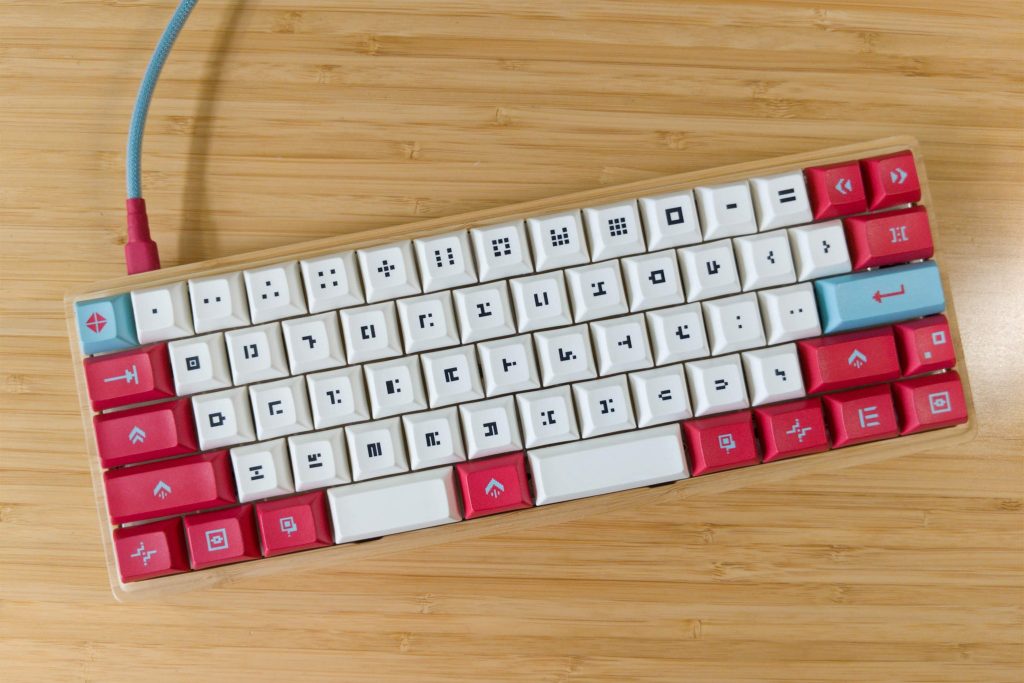Mechanical keyboard has surged in popularity over the past few years, transforming the way we perceive our workstation setups. They are not just tools for typing; they’re a canvas for creativity, personalization, and immersive gaming experiences. A mechanical keyboard utilizes a range of colors and lighting effects, allowing users to customize the keyboard’s appearance according to their preferences. This flexibility makes them particularly appealing to gamers, content creators, and anyone looking to inject a bit of flair into their workspace. With a plethora of color options and lighting effects, users can create a visually stunning environment that reflects their personality or mood. Whether you prefer a sleek and minimalistic look with subtle hues or a vibrant, pulsating display that changes with your gaming sessions, mechanical keyboard offer endless customization possibilities. Many keyboards allow users to program lighting effects such as breathing, wave patterns, and reactive typing, which can make a dull setup feel alive and engaging.

Functionality is another significant aspect of mechanical keyboard. They often come with advanced features such as programmable keys, macro functions, and customizable profiles that cater to specific applications or games. For gamers, this means the ability to set up complex commands at the press of a single key, enhancing gameplay efficiency and performance. Meanwhile, professionals can assign shortcuts for software tools, streamlining their workflow and improving productivity. The combination of aesthetics and functionality makes mechanical keyboard a compelling choice for users who want both style and substance in their setups. In addition to their visual appeal and functional versatility, mechanical keyboard can also improve the overall user experience. Many models incorporate mechanical switches, which provide tactile feedback and improved responsiveness compared to traditional membrane keyboards. This can lead to a more enjoyable typing experience, whether you’re writing an essay, coding, or playing your favorite game. Mechanical switches are also known for their durability, often lasting for millions of keystrokes, making them a wise investment for long-term use.
Furthermore, mechanical keyboards often feature adjustable brightness levels, allowing users to fine-tune their lighting according to their environment. This is particularly useful for those who work in dimly lit spaces, as it helps reduce eye strain while still providing an aesthetically pleasing setup. Many keyboards also offer software compatibility, enabling users to synchronize their lighting with other RGB peripherals, such as mice and headsets, creating a cohesive look across all devices. Full-sized keyboards offer a comprehensive set of keys, including a number pad, while tenkeyless models provide a more compact option, perfect for smaller desks. Users should also decide on the type of switches that best suit their typing style whether they prefer the clicky sound of Blue switches, the linear feel of Red switches, or the tactile response of Brown switches. In conclusion, mechanical keyboards are more than just visually appealing accessories; they are versatile tools that can significantly enhance both productivity and enjoyment in a workstation setup.
